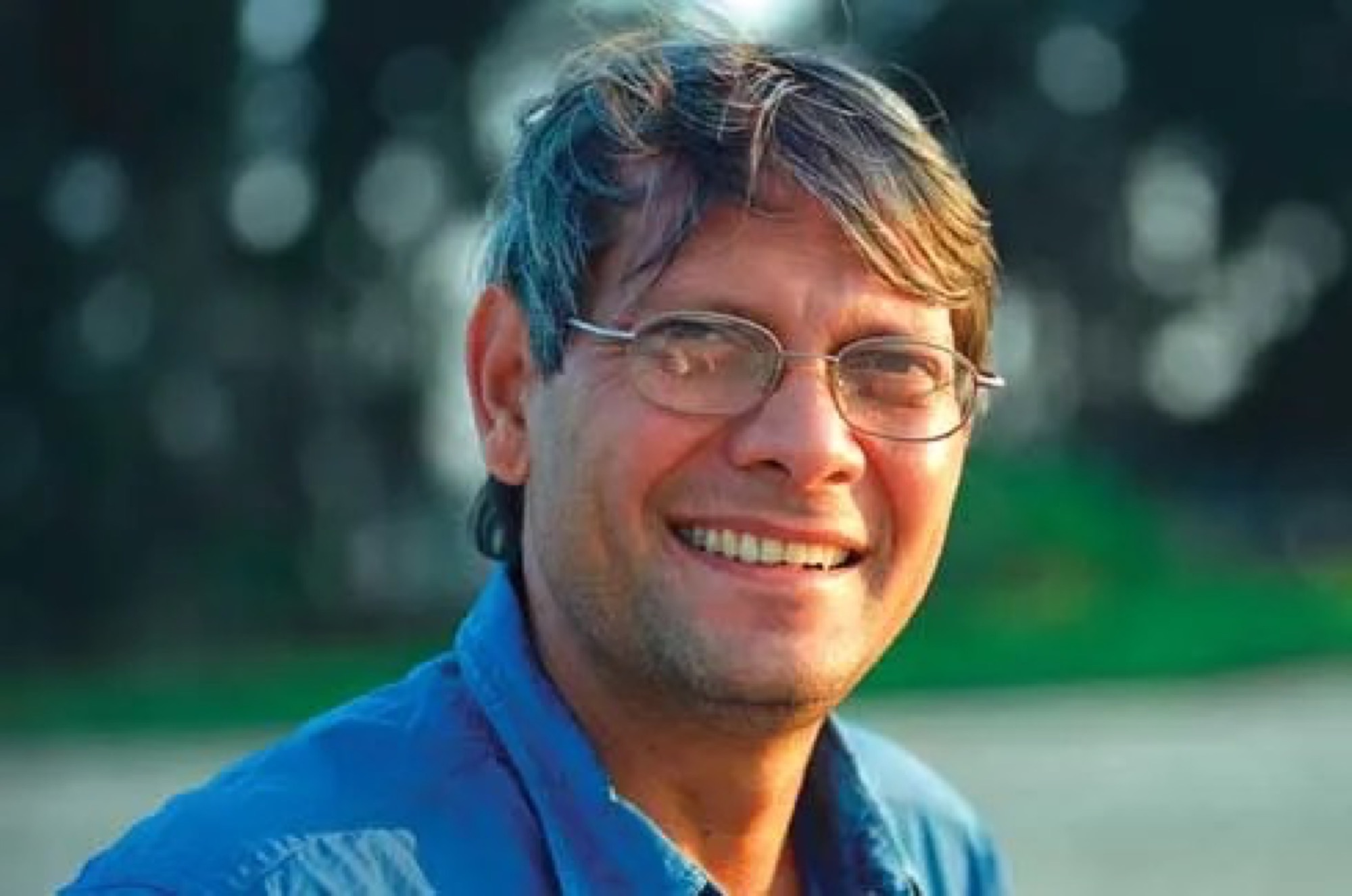Design awards fail to assess the social relevance of projects
Almost 30 years ago, an architectural competition for students was held by the state government in Bombay inviting designs for a martyrs’ memorial. 400 of these structures were to be built all over Maharashtra. For students, it was an exciting challenge. Out of the hundreds of entries received, two were short-listed, one from a student in my college and the other from a student of a college in Bandra.
Ours was a grand design, a circular building whose curved external wall spun out, rose 40 ft in the air and held a flaming torch. The other entry was a simple amphitheatre-like space, covered by a bamboo-and-thatch roof, incorporating a sitting platform around a large, shady tree. The structure was meant to serve as a central public gathering space and it would cost about a quarter of our design. The money saved from the budgeted cost was to be used for village development, planting trees, digging wells, and the like.
The architects in the jury were naturally inclined toward the simpler design. Unfortunately, the jury was headed by a politician (of cement-scandal fame) who had the deciding vote. He saw the former design as a great backdrop for fiery political speeches (don’t forget it upheld a flame) and the latter as unworthy of being called architecture (meaning, very little cement used). Our student was honoured and awarded the prize.
Surprisingly, there was not even a whimper of protest at the obvious injustice done in the choice of design for the award. The staff of our college then struggled with the tedious job of fashioning asbestos sheets into little segments to form the roof of the hall. They had to design enormous reinforcements to support the 40 ft high, half-ton bronze cantilevered flame, and slice doors into panels, small enough to form a circle. A year later, 400 of these monuments were erected in select villages across the state. Today, some of those buildings that have survived the ravages of the monsoons, stand isolated with fences wrapped around them, like elaborate tombs at the edge of each village. The student whose design was rejected has moved on. Probably disillusioned, he wrote to Hassan Fathy “‘I am a student in search of architecture”. He was immediately taken on by the famous architect and trained under him in Egypt for some years. Masud Taj was the name of the young architect, now a passionate poet and calligrapher, living in Canada and probably still disillusioned with the state of architecture in India.
This is the story of a misplaced award, and the sad loss of a brilliant design philosophy, appropriate for rural India.
Alas! Not much has changed. Architectural competitions and awards lack a certain credibility today, as they fail to assess design entries in-depth and superficially choose winning entries based on how they look from submitted photographs. The design process, social relevance and successful functioning are hardly looked at. Today, even with issues of sustainability corning to the front, very few competitions actually assess this aspect. Award ceremonies are glamour events and the awardees are overshadowed by gyrating Bollywood stars that most invitees actually come to see. Now every magazine and ply-wood company has an award. I am sure so many awards make so many more people happy, but it also dilutes the recognition of good design and fails to provide a direction for India.
The criteria for competitions need a complete revamp and organisers need to scout for deserving projects and properly assess them. The Aga Khan Awards are an example of a well worked-out system, detailed analysis of the projects, social relevance and working of the project through actual visits to the building. When chosen, there is a proper documentation of the project and dissemination of useful information on it.
I am quite sure Masud is quite happy as a poet and calligrapher; we cannot afford to lose more unrecognised and disillusioned architects this way.
About the Author- Dean D’Cruz
Award-winning architect Dean D’Cruz lives and works in Goa. Keeping the vernacular tradition in mind, he attempts to find a new direction in his work by reinterpreting the past. He uses local materials that are economical and eco-friendly.
This article was originally published in DESIGNTODAY’s April 2008 issue and has been republished on ArchitectureLive!’s platform with due permission.








3 Responses
True Dean We are still floundeing as a community and as an organisation